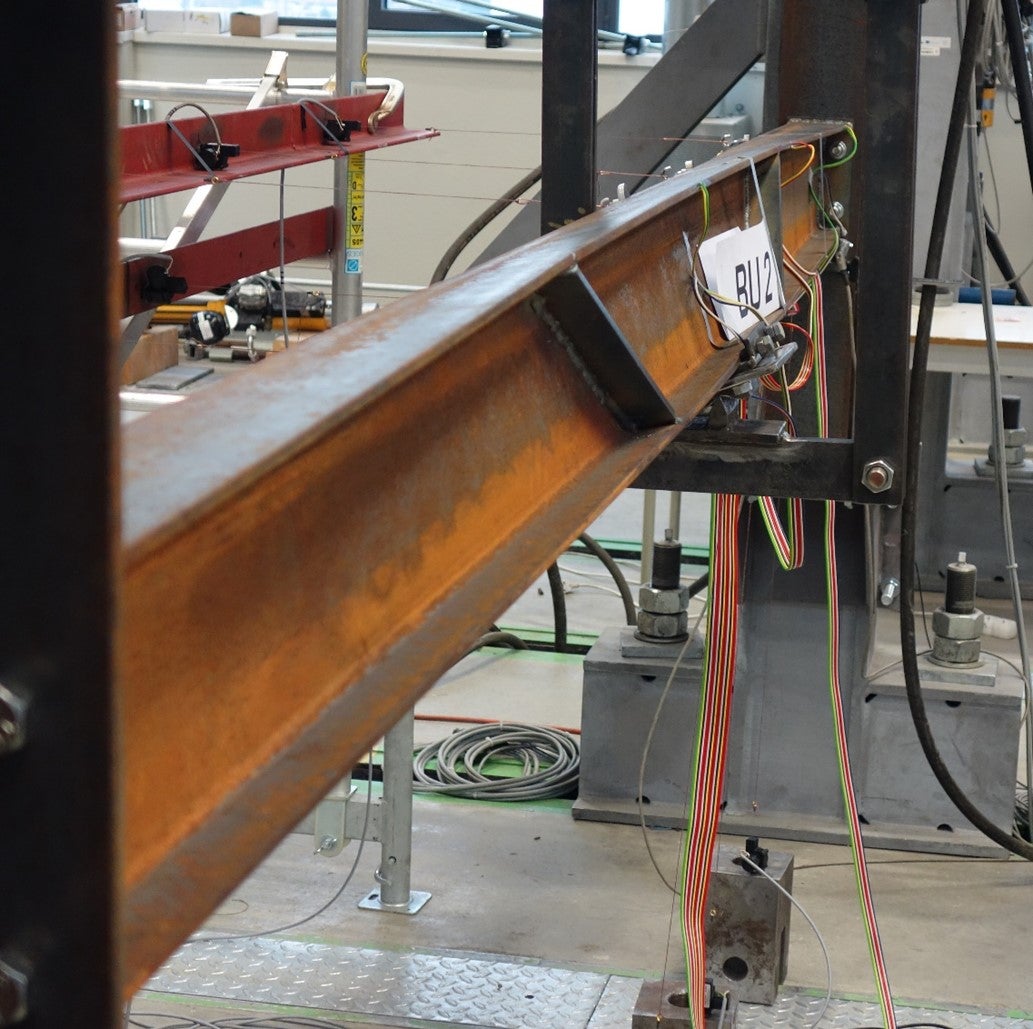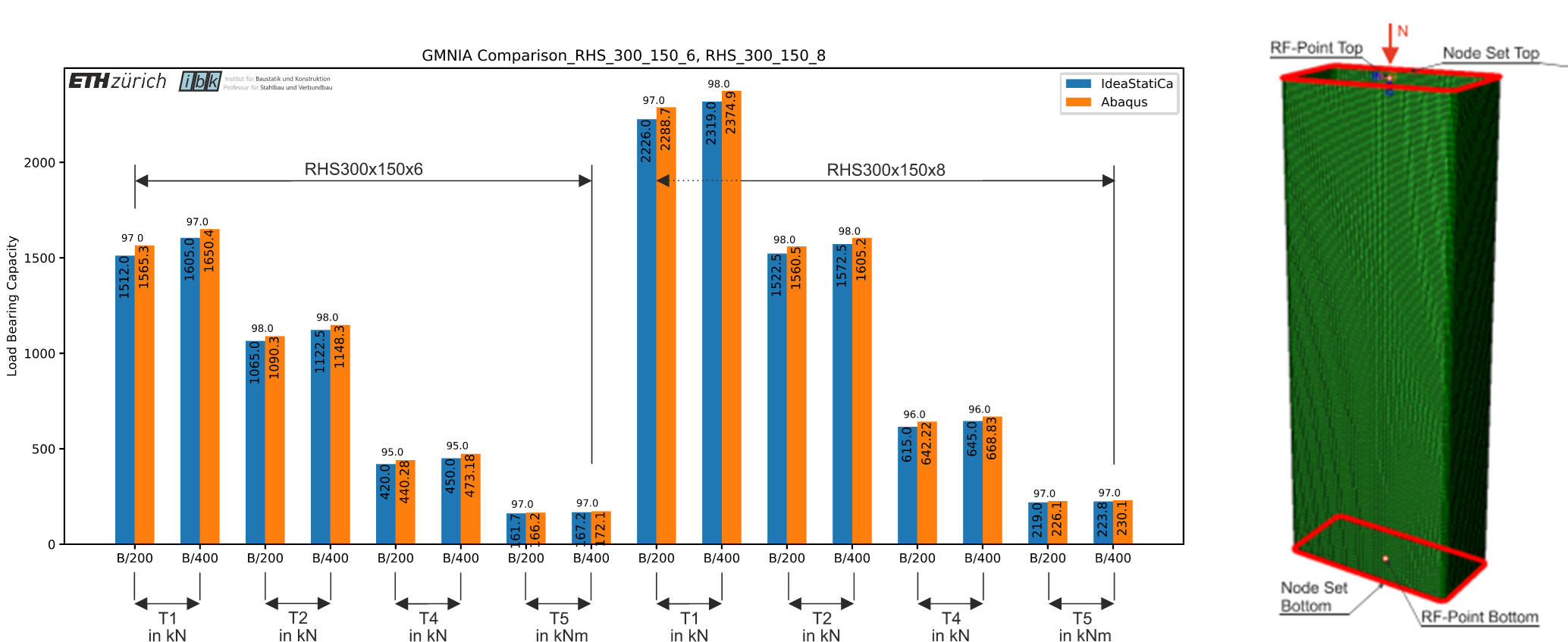The CBFEM analysis model of the IDEA StatiCa Member has been improved and verified. Since version 21.0, the application will no longer be in the BETA version.
Member is now available to structural engineers wherever the build-in checks in their 3D FEA program are not enough to fulfill their needs. The main benefit is that the members are completely modeled, including the end joints, which frees the engineer from having to estimate the effect on the resistance and loss of stability. The engineer always first designs the joints using IDEA Connection. Then he just selects the member between them and has a ready-made model for the check of the member, except for some additional information. Just run the calculation.
The Member can deal with the influence of transverse and longitudinal stiffeners, openings, changes in the height of the cross-section, but also with the impact of connected secondary beams. The effect of torsion and warping is not a problem for the method
The solver in Member for steel structures is completed. Nonlinear behavior (GMNIA) is ensured for all constraints and links in the components – bolts, welds, anchors, concrete subsoil. In the BETA version, nonlinear behavior was implemented only for shell elements of plates.
IDEA StatiCa Member for steel members is available in Enhanced edition.
New solver verifications
IDEA StatiCa Member can model a never-ending variety of models. The verification studies were focused on the buckling of members and local buckling of plates.
Verification articles of flexural buckling of columns and lateral-torsional buckling of beams containing comparisons to the EN design code can be found here:
- Linear bifurcation analysis (LBA) of columns in compression
- LBA simply supported beams in bending
- LBA of beams with various boundary conditions
- Geometrically and materially nonlinear analysis with imperfections (GMNIA) of columns in compression
- Geometrically and materially nonlinear analysis with imperfections (GMNIA) of beams in bending
The advantage of modeling a member together with connections is shown in this example, where IDEA Member models of compressed symmetrical angles bolted to gusset plates are compared to experiments and advanced numerical models available in the literature.
Lateral-torsional buckling of beams with semi-rigid end plate joints was investigated in a series of experiments at the Brno University of Technology. A research paper is submitted for the Eurosteel conference.
The results of stiffened beams were compared also to ANSYS models.
Local buckling was investigated in cooperation with ETH in Zurich with Prof. Andreas Taras and his team. Rectangular hollow sections are investigated and compared to ABAQUS models used for the formulation of 2nd generation Eurocodes. The results show the finite elements in IDEA StatiCa Member provide very similar results to these in ABAQUS. The results of LBA and GMNIA are nearly identical with the biggest difference of 5%. Also, it was shown that class 4 sections may be safely used with correct settings of initial imperfections.







